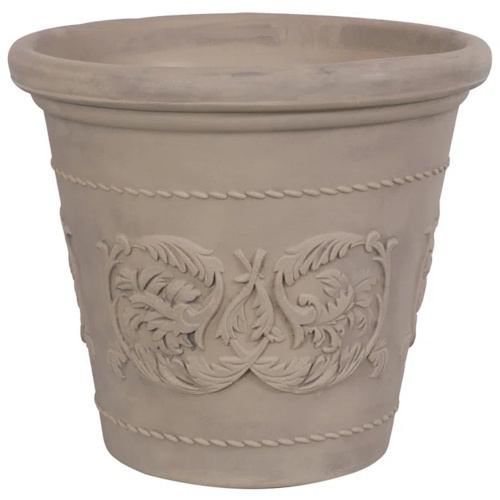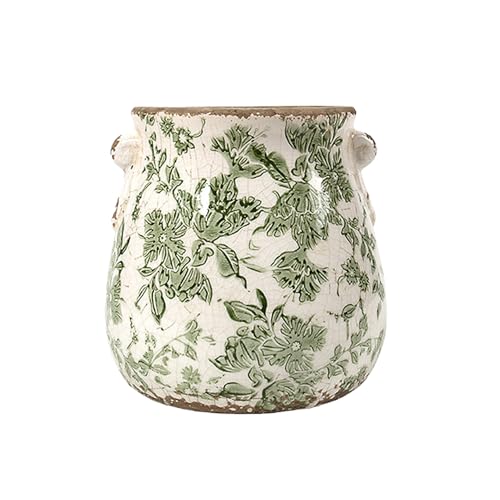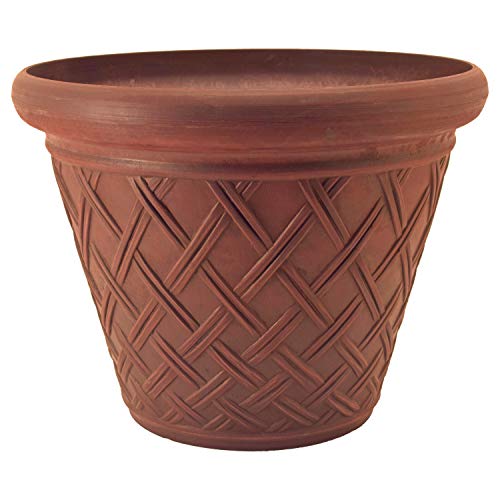9 garden upgrades landscape designers never regret – thoughtful, stylish changes that will elevate a yard for years to come
Say hello to the outdoor improvements that never go out of style – and always earn their keep
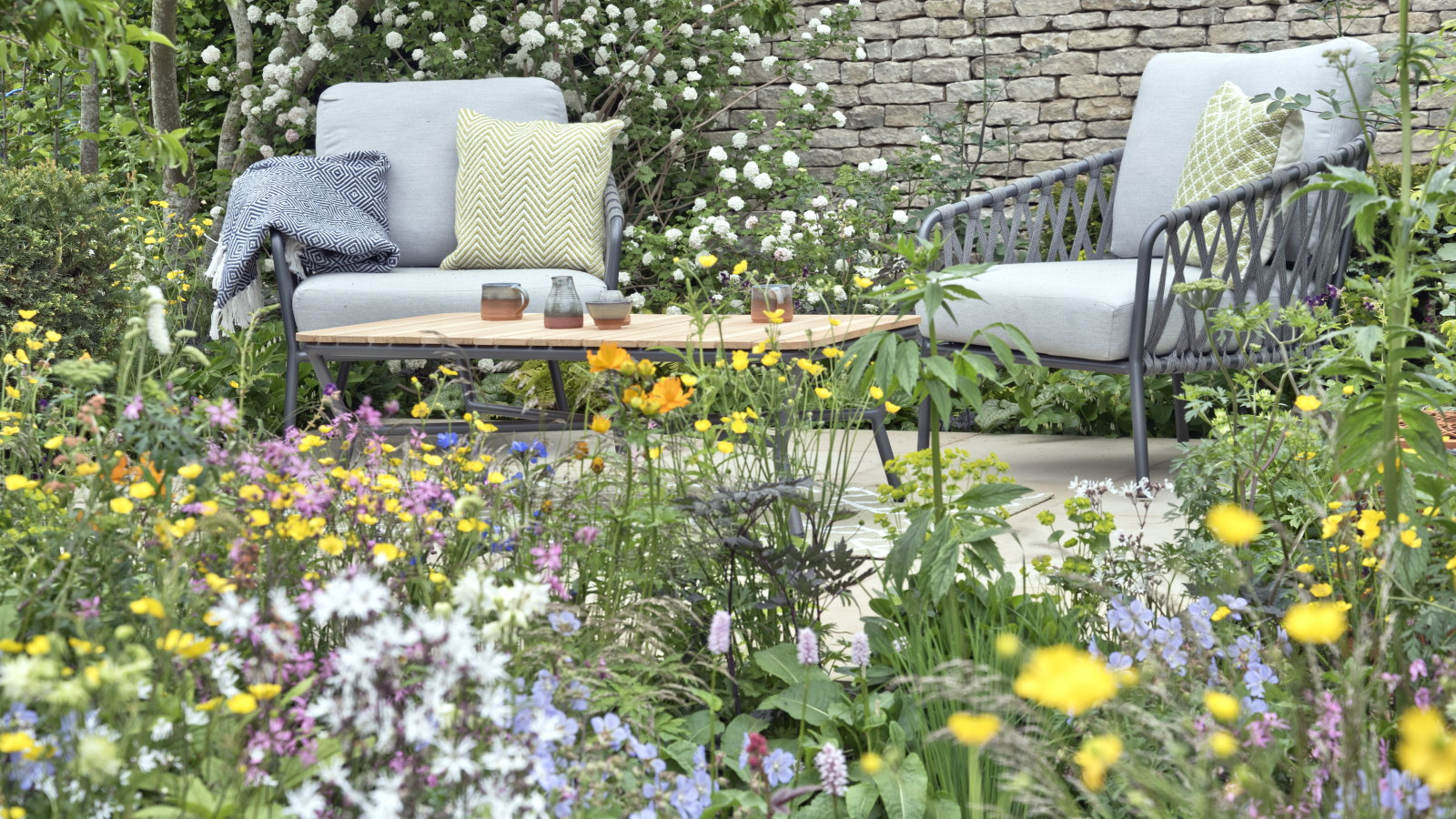

It’s official; the garden upgrades that designers never regret aren’t flashy or fleeting; instead, they’re the thoughtful changes that quietly transform a space, season after season.
Whether it’s a city courtyard garden, a shady side yard, a suburban spot (complete with white picket fence), or a rambling country plot, it makes sense that you want to dial up the ‘oasis’ factor on your backyard ideas like a pro.
Now, this might mean making a subtle shift, or a bigger structural change, but designers agree on one thing: you want to enhance how the space is lived in, not just how it looks.
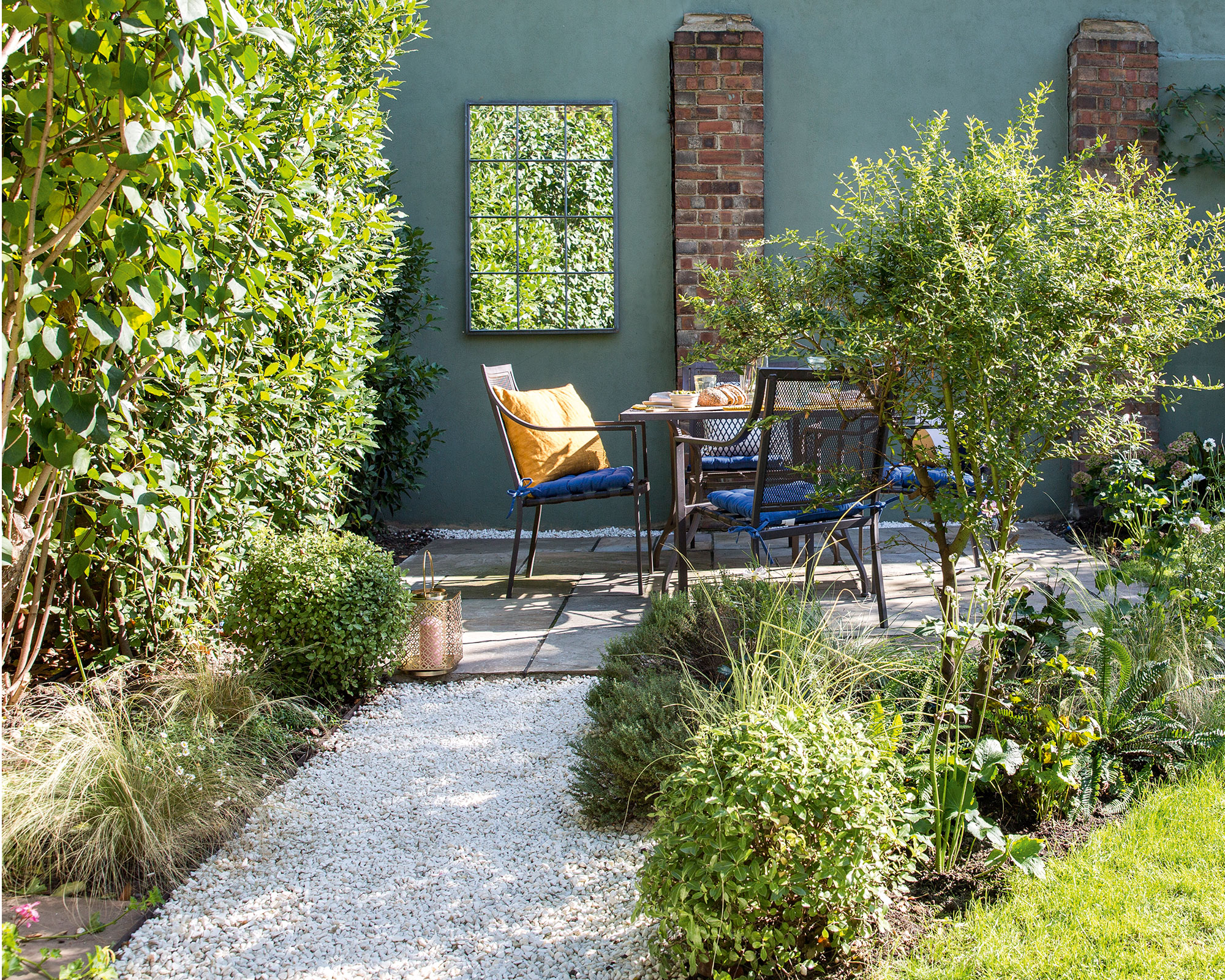
The 9 garden upgrades designers never regret
From integrated seating to soft lighting, sensory planting to clever zoning, it stands to reason that the garden upgrades designers never regret can and will stand the test of time.
While learning how to commission a garden designer is likely the easiest way to go about this, there are some pro tips and tricks out there for those who'd like to do the work themselves.
Rather than reach for the latest trend or quick fix, then, take a cue from the professionals and look this way.
1. Creating a hydrozone
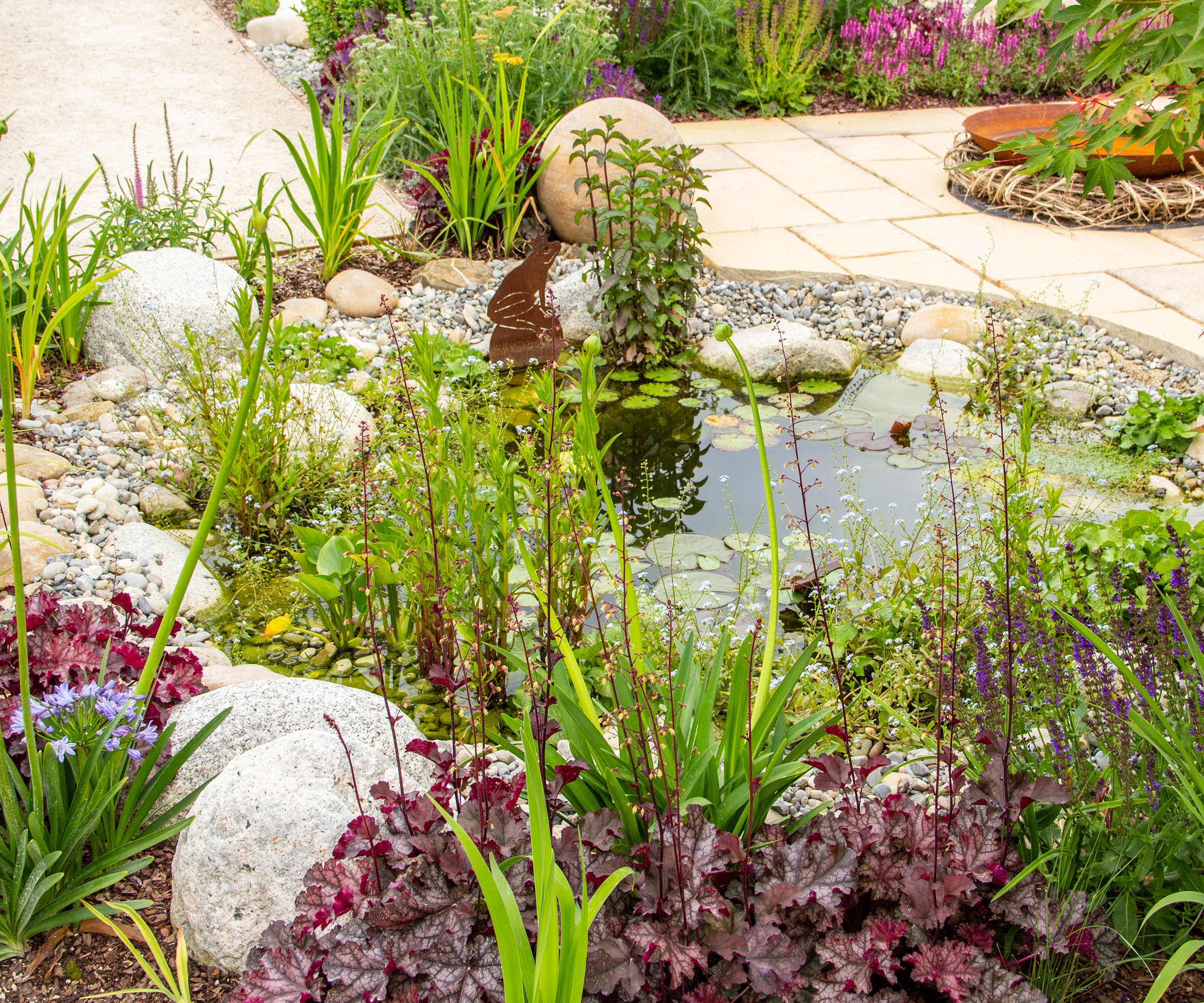
Hydrozoning might sound like something from a sci-fi film, but the concept couldn't be simpler; you just need to make sure that you group plants with similar water needs together in your garden.
'I never regret upgrading to a smart, hydrozoned irrigation system,' says Shireen Zia – an award-winning designer and principal of EcoGardens Landscape Design.
'It’s become more of a necessity than a luxury. It protects plant health, conserves water, and makes seasonal adjustments effortless,' adds Shireen, noting that it's the easiest way for beginners to learn how to water plants properly.

Shireen is an award-winning garden designer and principal of EcoGardens Landscape Design, LLC.
2. Add an irrigation system
While watering by hand is a great way to soak the roots of your plants, you can also take the hard grafting out using soaker hoses, drip irrigation, or sprinklers like this Eden sprinkler system from Amazon.
'An irrigation system is a game changer, as it ensures that your plants stay healthy, saves you time, and can be hidden underground, maintaining the beauty of your garden,' says Alexander Betz, landscape designer and founder of Plant by Number.
Seth Pearsoll, Creative Director and VP, Flower Show at Pennsylvania Horticultural Society, agrees wholeheartedly.
'Invisible, efficient systems take one big worry off your plate. Good irrigation lets you focus on enjoying the garden, not keeping it alive,' he says promisingly.
'Don't forget to focus on drainage, either; it's not glamorous, but foundational. A well-drained, properly graded site makes everything else easier, and makes the garden last.'

Alexander Betz is the CEO and founder of Plant By Number. As a professional landscaper early in his career in a new industry, Alex recognized the need for a more efficient planting method. Plant By Number takes the same design files used for traditional plantings, scales them, and prints them directly onto landscape fabric, a staple in the industry.
3. Opt for high-quality foundation plantings

It's a big part of learning how to plan a garden, so it makes sense that foundational planting is one of those garden upgrades designers never regret.
'Foundation plants are the shrubs, evergreens, and structural plants placed around the base of a home to serve as the visual anchor for the landscape,' explains Linda Vater, garden design expert on behalf of Southern Living® Plant Collection.
'Many newly built homes are either a blank slate with little to no landscaping, or they may have a selection of plants that don’t suit the taste of the new homeowner,' she continues.
'Sometimes, existing foundation plantings may lack traits like pest and disease resistance, heat tolerance, or drought tolerance, which may lead them to decline faster than plants that have been specially bred with those traits.'
Linda goes on to note that 'upgrading your foundation might involve replacing existing shrubs with hardier, more low-maintenance varieties that offer desirable traits such as reduced water requirements or minimal pruning needs'.
'It could also mean introducing selections that are more distinctive and tailored to your personal style; for example, adding vibrant foliage color with ‘Sunshine’ Ligustrum or Purple Diamond® Semi-Dwarf Loropetalum.'
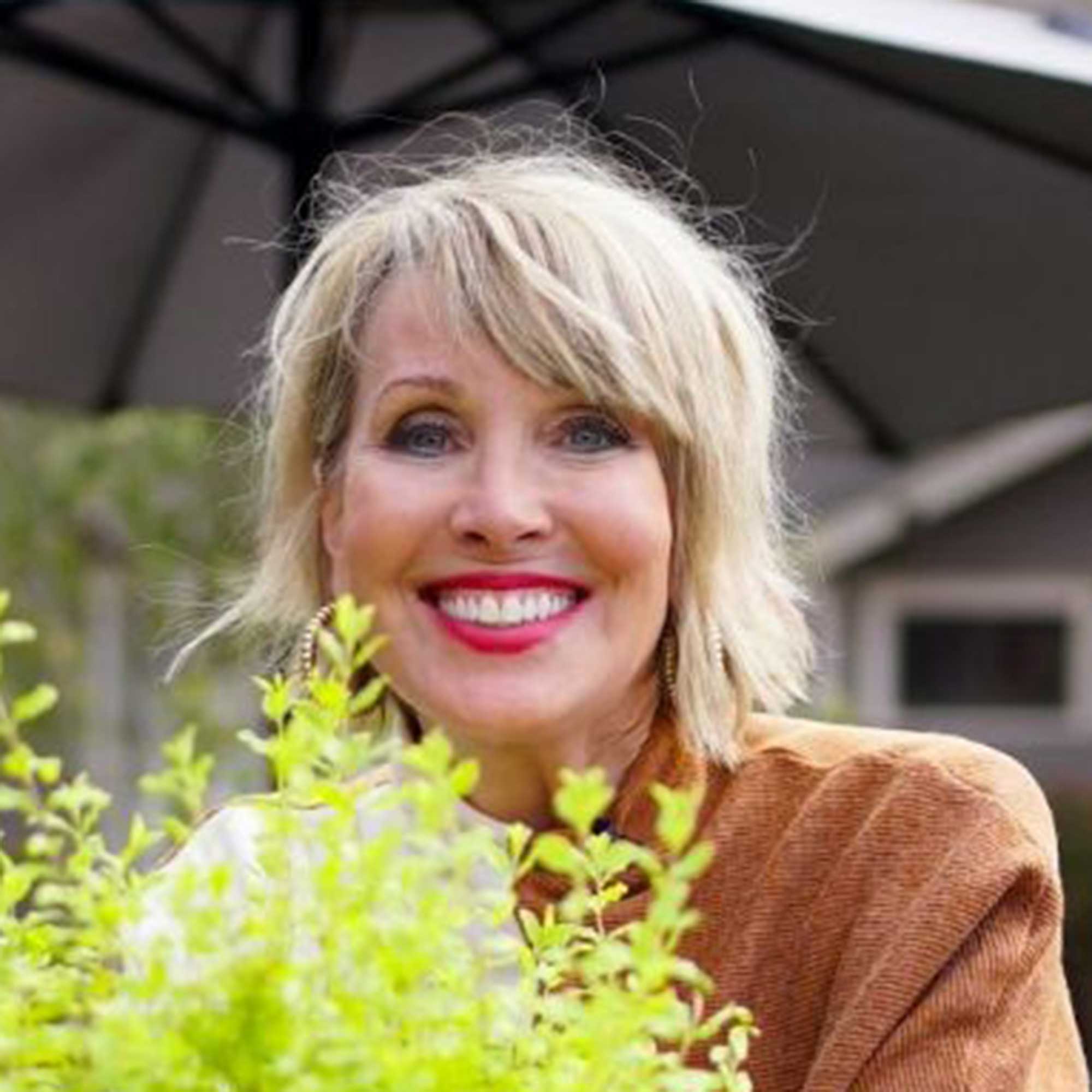
Linda is a self-taught garden designer, stylist, and content creator who views all of life through a gardening lens. The founder of a popular YouTube channel dedicated to gardening, Linda is also the author of several books, including her latest publication: The Garden Journal: A 5-Year Record Of Your Home Garden.
Whatever you decide, Linda swears that 'investing in this upgrade early means a garden that feels intentional, cohesive, and enduring'.
'Great foundation plantings can frame your home’s architecture, soften harsh lines, and provide year-round interest,' she finishes.
Seth Pearsoll of the PHS points out that, while 'perennials come and go, a backbone of trees and shrubs gives permanence, texture, and year-round shape'.
Shireen Zia agrees, adding that 'strategically placed shade trees brings instant privacy, comfort, and structure – and all while enhancing microclimates, too'.
4. Make thoughtful lighting choices

Be sure to research your outdoor lighting ideas if you want your garden to look like it was designed by a pro; honestly, a good ambient system is one of those garden upgrades that designers never regret.
'Thoughtful, low-voltage landscape lighting transforms the garden after dark, highlighting focal points, adding safety, and extending usability,' says Shireen Zia.
'Adding lighting features can transform the garden after dark while enhancing safety. Incorporate spike lights for plants and trees, wall-mounted up/down lights for fences and walls, and recessed step or decking lights,' agrees Andrew Betz.
As Seth Pearsoll points out, 'outdoor lighting should feel like moonlight, not a spotlight', so it's best to invest in 'integrated, low-glare systems elevate evening use without screaming for attention'.
Try something like these wallet-friendly GIGALUMI Solar Lights from Amazon to help you get started.
5. Invest in timeless containers
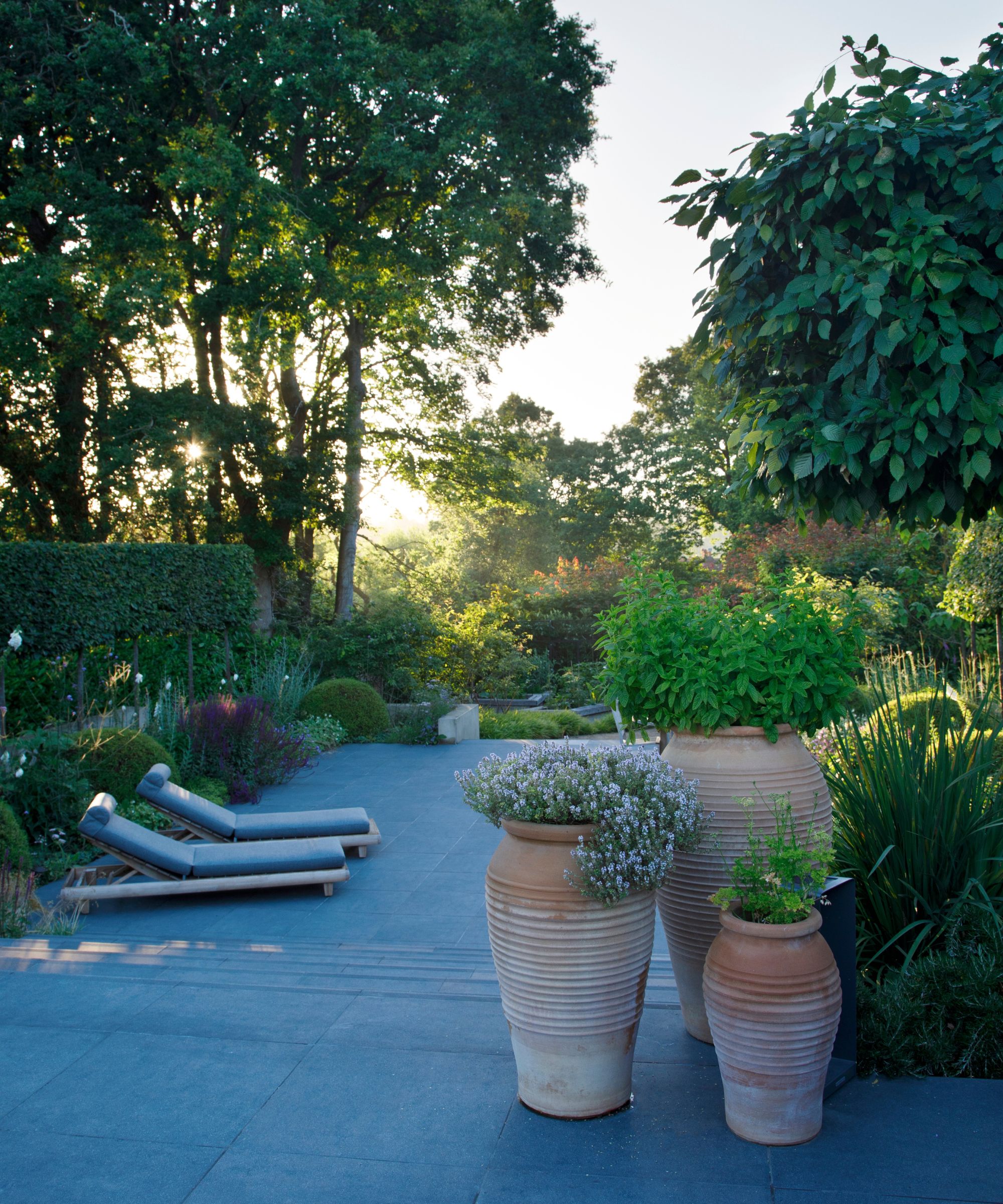
Container garden or not, forking out for stylish outdoor planters and pots is one of those savvy moves beloved by gardening pros.
'Timeless, high-quality containers are a garden upgrade that rarely disappoints. They add structure, height, and a sense of intention to patios, entryways, and garden beds, and they’re perfect for seasonal displays or spots where in-ground planting isn’t practical,' promises Linda Vater.
'When it comes to purchasing containers, material matters. Lightweight resin planters are a good investment if you plan on moving your pots throughout the year, offering the look of stone or ceramic without the weight,' continues Linda.
'Terracotta promotes excellent drainage, while cast stone and high-fired ceramic are durable, elegant options. When it comes to appearance, neutral colors and classic shapes like urns, globes, and rectangles remain stylish year after year.'
Something like Amazon's Creative Co-Op Large Orange & Whitewashed Terracotta Urn, then, should do the job nicely.
6. Define your garden rooms
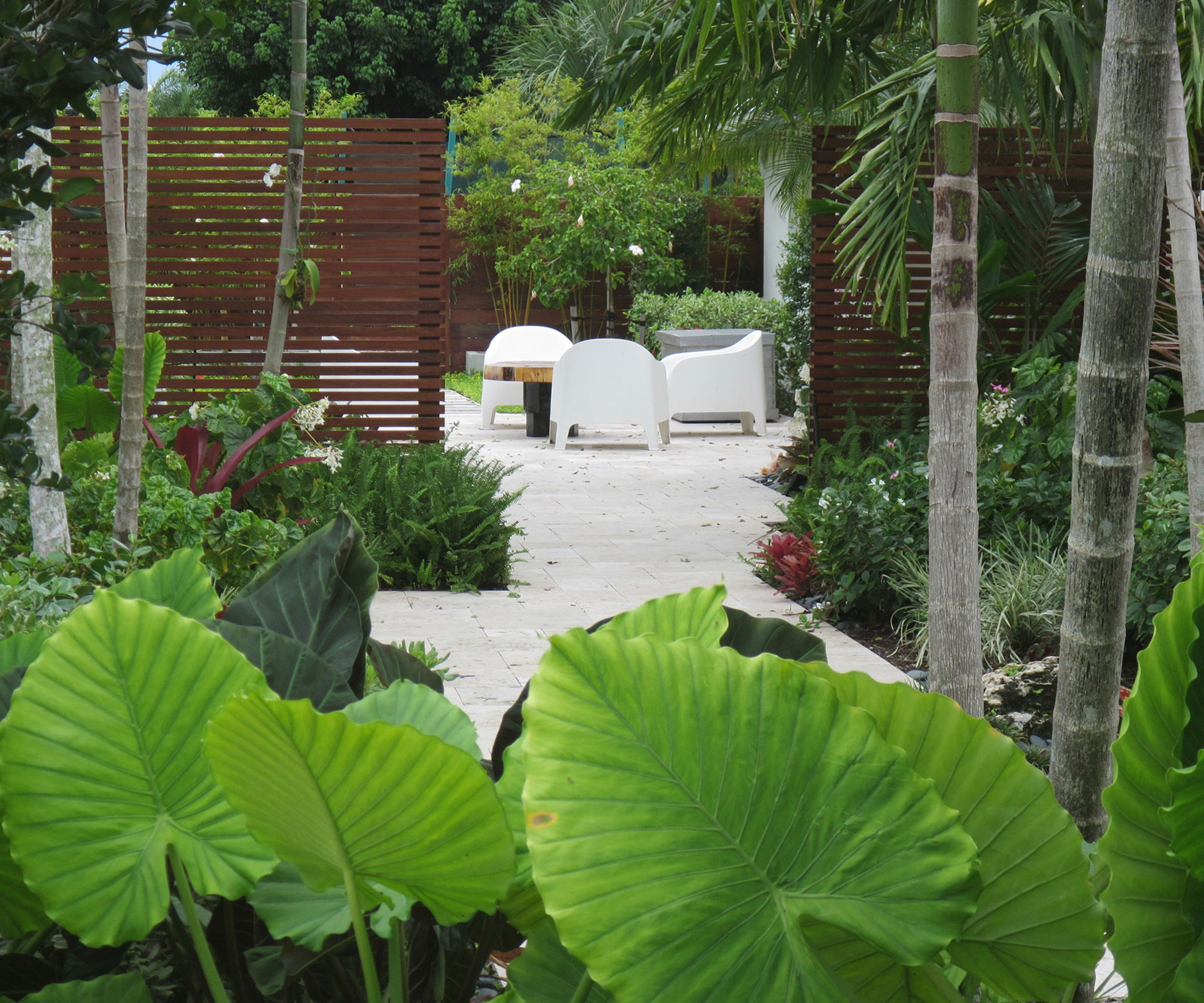
If you can do it, Shireen Zia says that 'designing purposeful zones – whether for dining, relaxation, or edible gardening – establishes structure and enhances spatial flow'.
'This thoughtful approach encourages intentional use of the landscape while allowing it to evolve seamlessly with a family’s changing needs,' she says, dubbing this one of the genius garden upgrades designers never regret.
'Transitional moments – where materials shift, or beds are clearly framed – give the garden clarity and confidence,' agrees Seth Pearsoll.
'It’s how you move from yard to landscape.'
7. Opt for quality, always
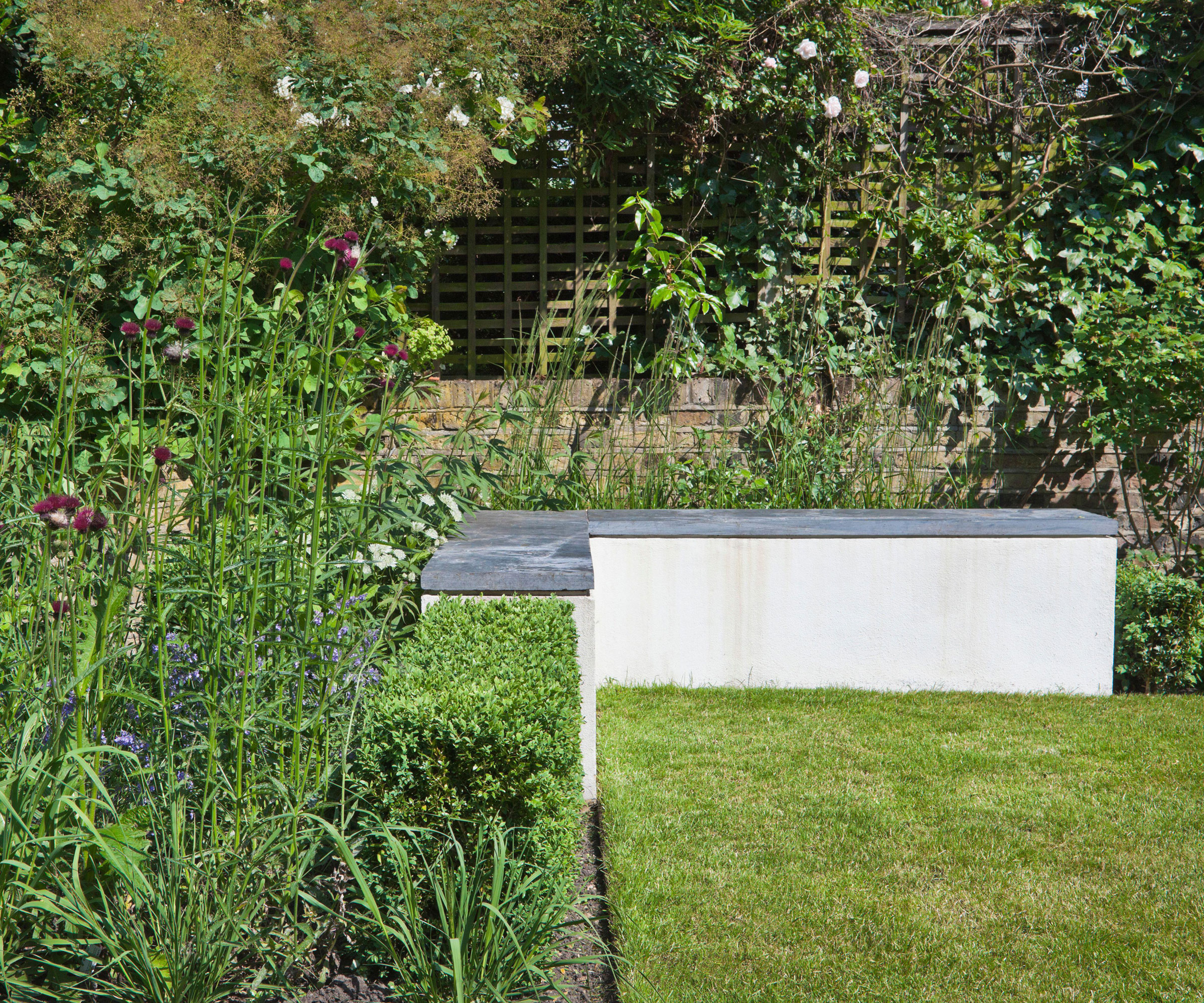
Using quality hardscape materials to bring your garden ideas to life – such as natural stone, high-end pavers, or sustainably sourced wood – is absolutely on our list of garden upgrades designers never regret.
'Doing this enhances the overall elegance and craftsmanship of the landscape, as these materials bring a timeless appeal and contribute to the garden’s durability and long-lasting value,' explains Shireen Zia.
And, on that note, Seth Pearsoll urges gardeners to remember that 'less really is more'. 'Repeating color, plant forms, or materials calms the chaos and makes the garden feel thoughtful and designed,' he says.
8. Install a good-quality fence

Another of those garden upgrades designers never regret? Paying a little more money to bring all of your beautiful fence ideas to life.
'Swapping out the chain-link fence for a wooden or picket fence can give your backyard a more polished look,' says Alexander Betz. 'Or, for a more plant-based approach, consider a living fence by planting a row of trees or large plants to create the illusion of a fence.'
9. Create a new flower bed
Yes, you'd best believe that your overflowing list of flower bed ideas could absolutely lend itself to our list of the garden upgrade ideas that designers never regret.
'We’ve all looked at that open patch of grass or underutilized corner in the landscape and imagined the possibilities, but creating a new garden bed can feel overwhelming – especially if you’re contending with tough soil,' says Linda Vater, noting that this project 'requires vision, patience, and a bit of elbow grease'.
'Garden beds create natural focal points, guide the eye through the landscape, and provide a stage for plants to shine. They can soften hard edges, add pizzazz to mailboxes, frame architectural features, or simply add lushness and texture to a yard,' she explains.
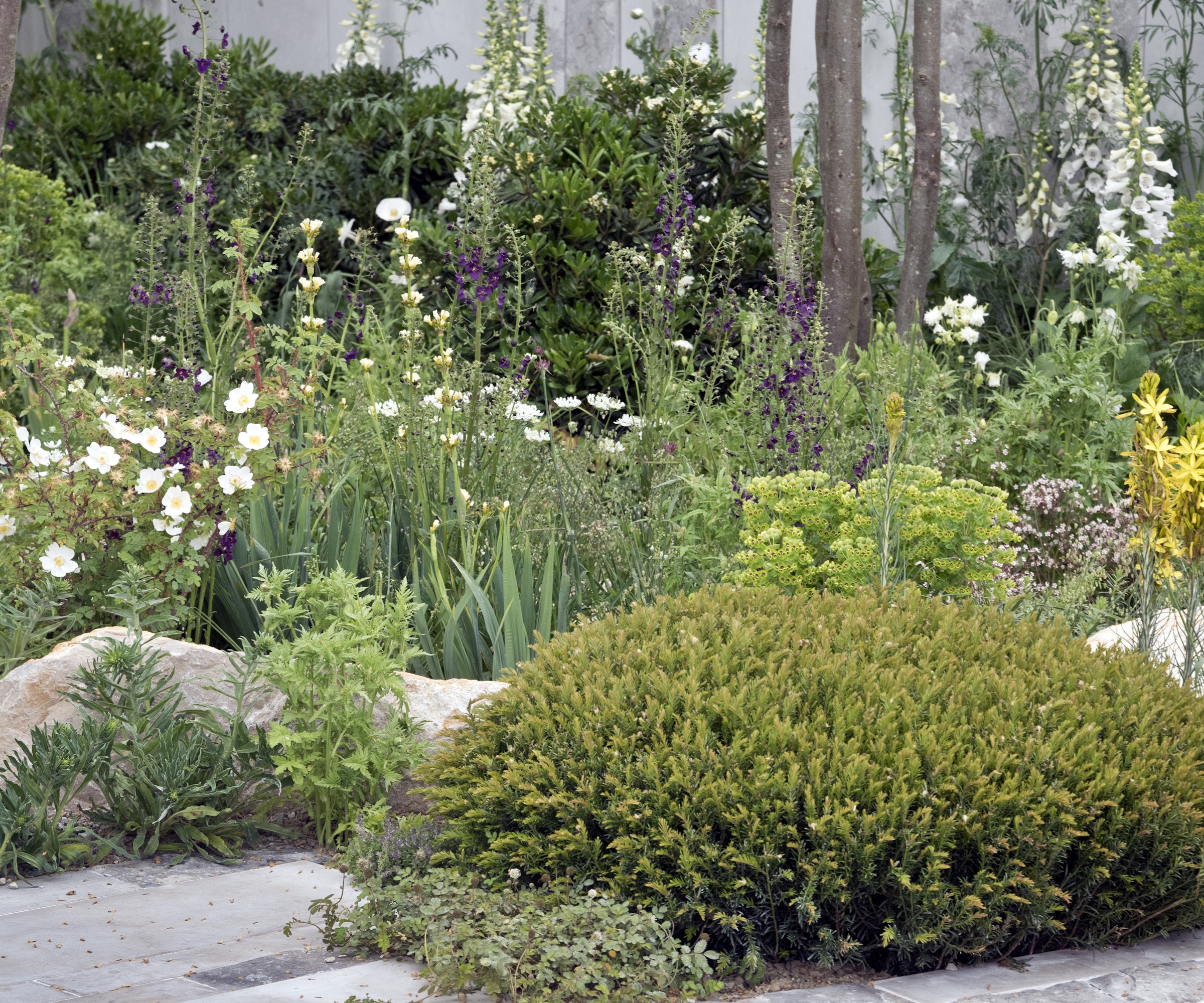
'With proper preparation – such as amending the soil and choosing plants suited to the conditions – a new garden bed can thrive for years with relatively low maintenance,' continues Linda.
'Beyond the aesthetic boost, beds also encourage biodiversity by offering habitats for pollinators and beneficial insects. Whether it’s a small border along a walkway or a sweeping curved bed around a tree, carving out a new planting area is one of the most rewarding upgrades a homeowner can make.'
FAQs
How can I make my garden look better?
According to award-winning garden designer Shireen Zia, the easiest way to make your garden look better is to install an integrated water feature.
'Whether a minimalist basin or a custom fountain, water introduces movement, sound, and a calming rhythm. It’s often the element that turns a space into a sanctuary,' she says.
Seth Pearsoll, meanwhile, urges gardeners to remember that 'designers don’t “use all the colors.” We edit'.
'Think less variety, more rhythm, like a chorus, not a solo,' he says, insisting it's better to pick 1-3 colours than go for the full rainbow effect.
When it comes to the garden upgrades which designers never regret, then, the trick is to think long-term; good drainage, excellent native planting, zoned areas, quality materials, and a restricted colour palette will all go a long way to making a beautiful outdoor space.
Still, don't forget that 'every garden needs a moment that feels brave,' says Seth Pearsoll. 'A massive container, a dramatic tree, a color choice that breaks the rules,' he suggests. 'Just one good risk brings the rest into focus!'
If you'll excuse us, then, we're off to think outside the box (and get into the garden at the same time).
Design expertise in your inbox – from inspiring decorating ideas and beautiful celebrity homes to practical gardening advice and shopping round-ups.

Kayleigh Dray is an experienced writer and editor within the world of digital journalism. She writes for Homes & Gardens on a range of gardening topics, from chicken keeping to landscape design. She is currently giving her own backyard a woodland-inspired makeover – and there have been whispers of a vegetable plot, too.
You must confirm your public display name before commenting
Please logout and then login again, you will then be prompted to enter your display name.
